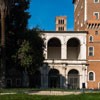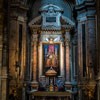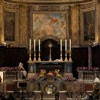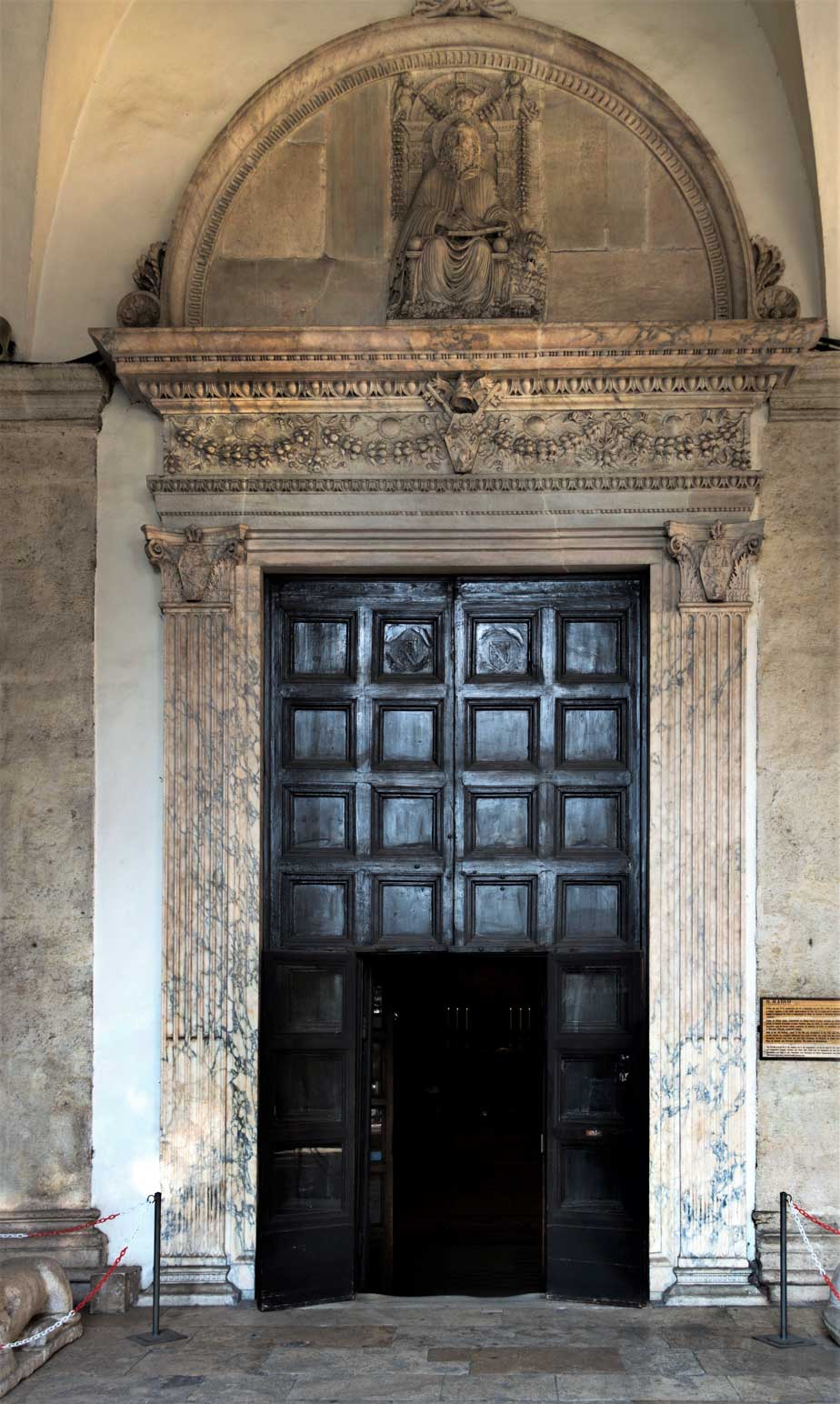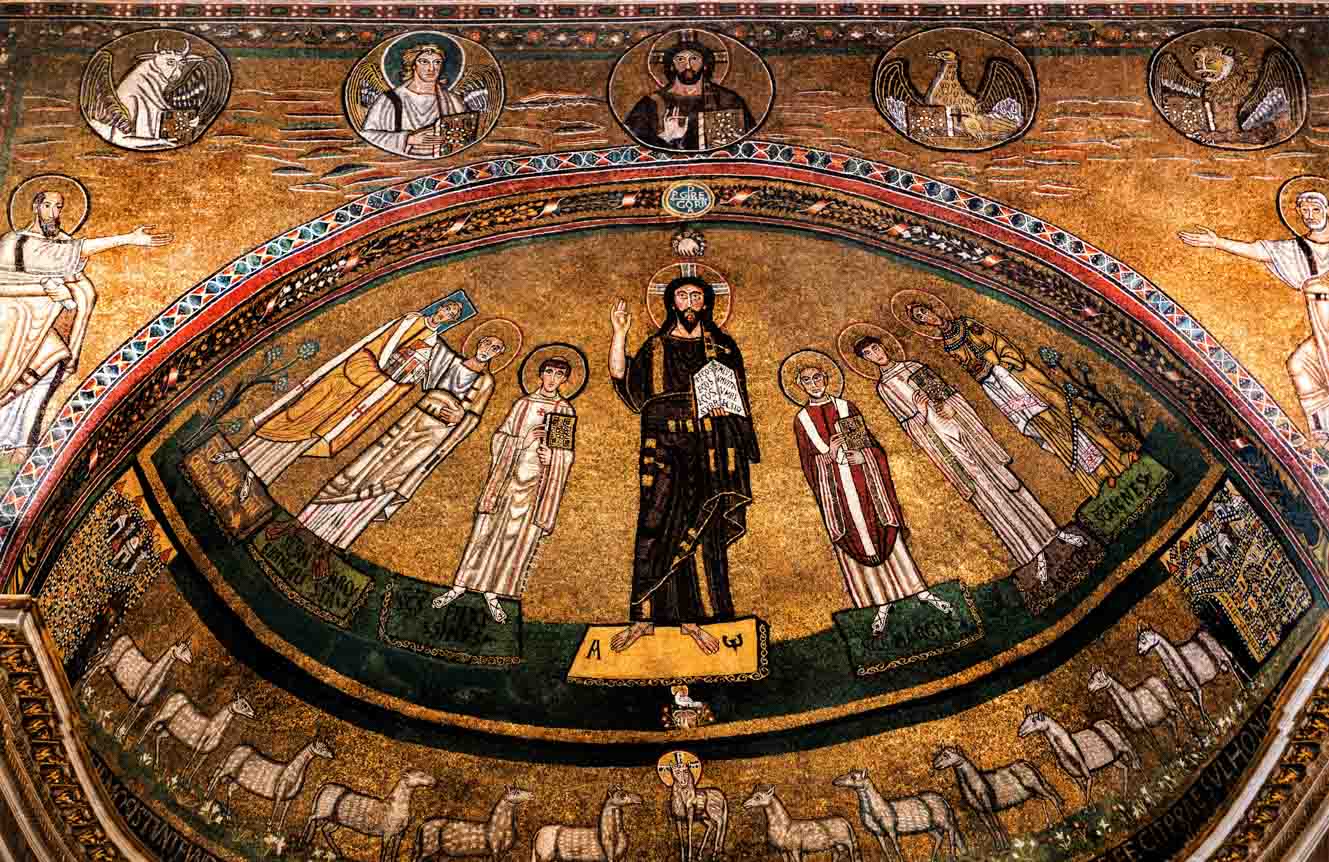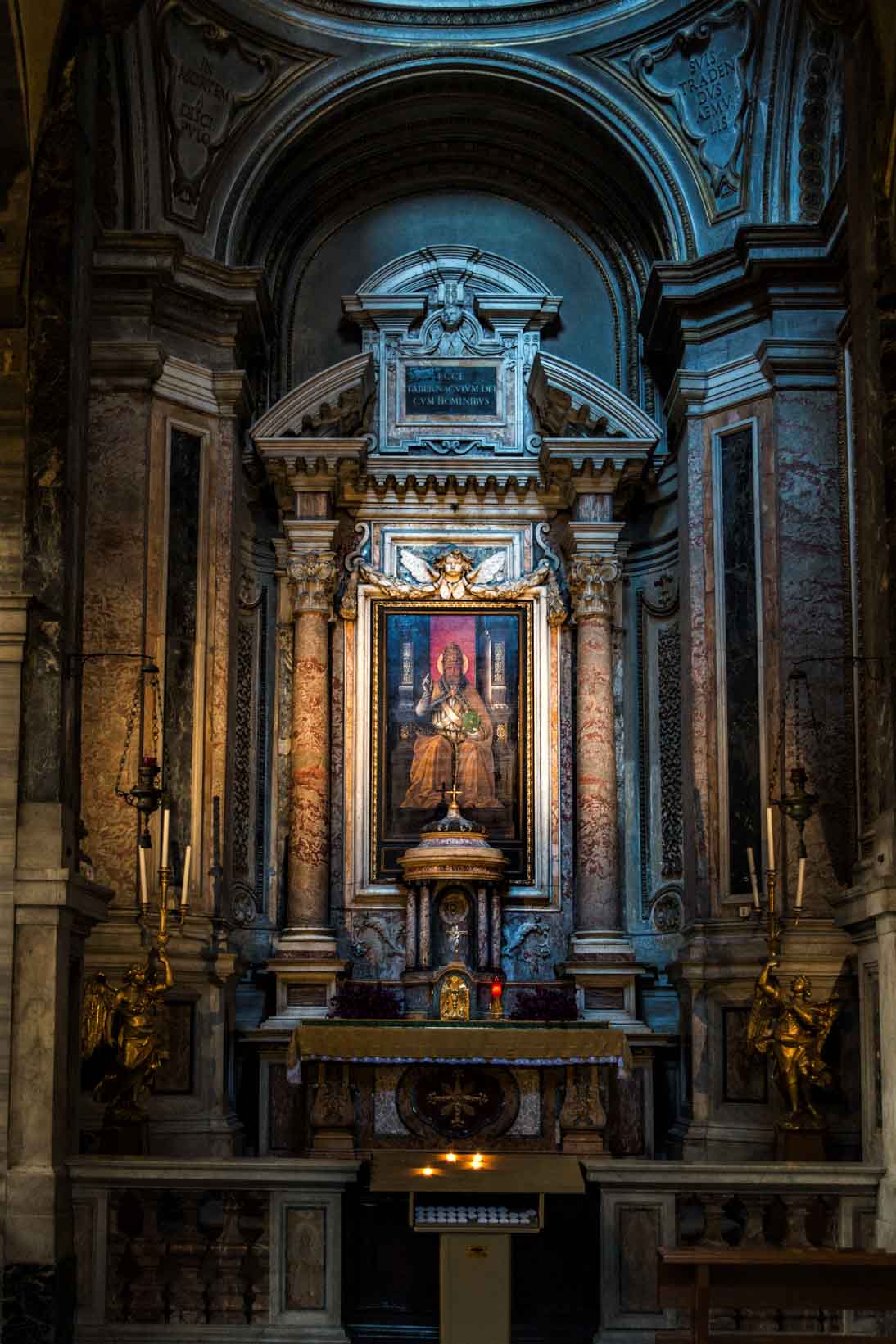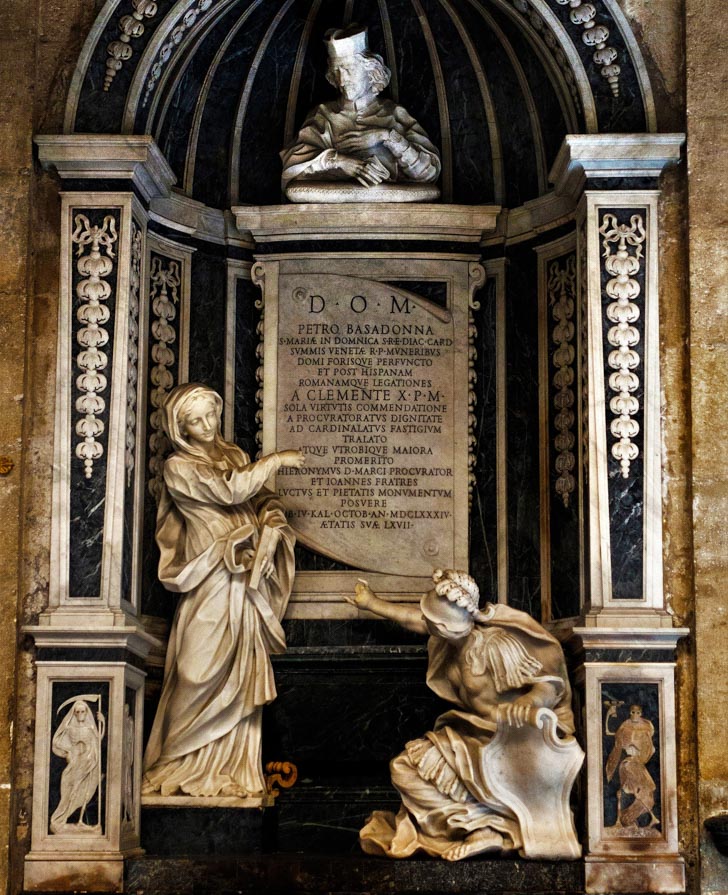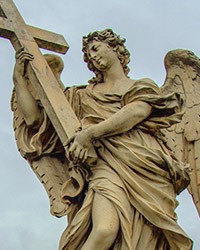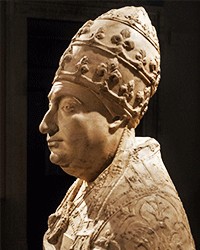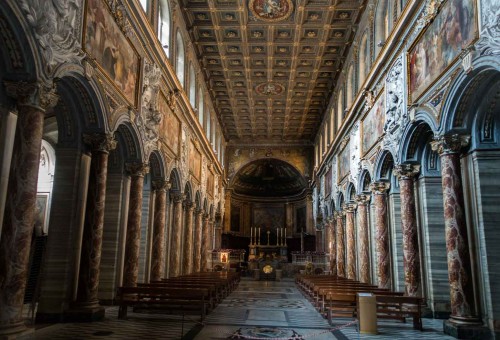
Basilica of San Marco, church interior with a Renaissance ceiling
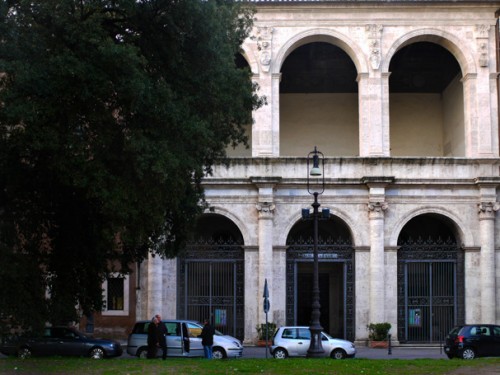
San Marco, Renaissance loggia of the church
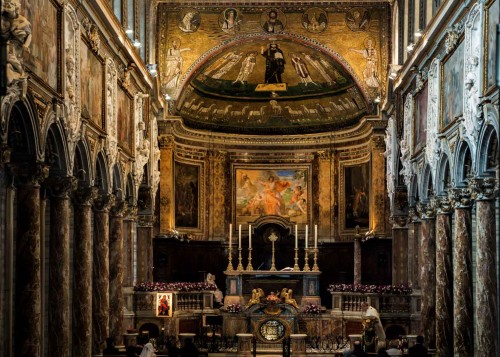
Basilica of San Marco, church interior
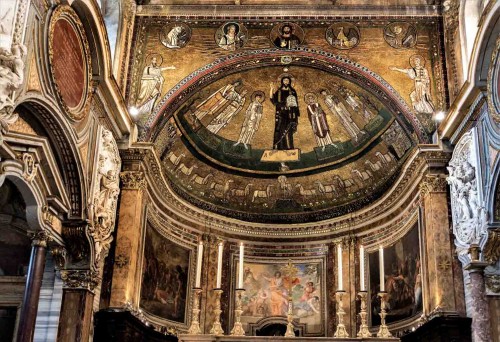
Basilica of San Marco, apse and triumphal arch of the church – mosaics from the IX century

Basilica of San Marco, mosaics of the apse – Christ among the Saints (Pope Gregory IV, Mark the Evangelist, Felicissimus, Pope Mark, Agapetus, Agnes)
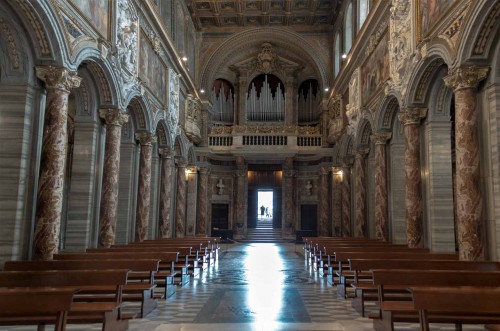
Basilica of San Marco, view of the church interior from the altar

Basilica of San Marco, Renaissance loggia adjacent to the Palazzo Venezia, in the background campanile from the XII century
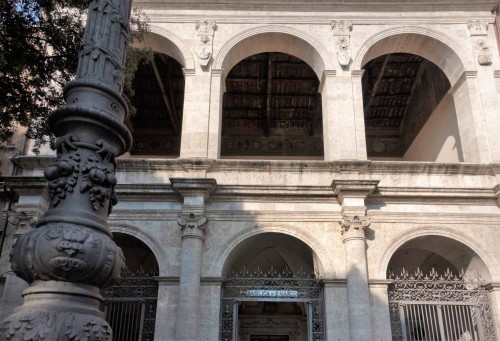
Basilica of San Marco, Renaissance loggia of the church with the coat of arms of the Barbo family and an image of St. Mark
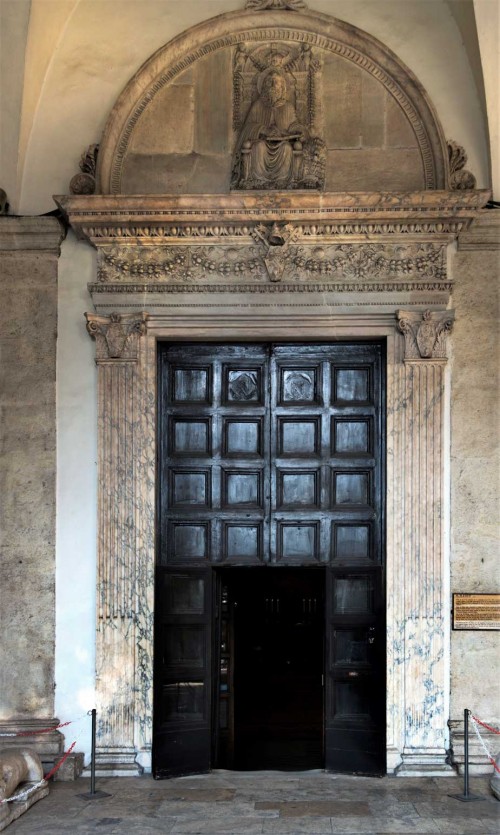
Basilica of San Marco, Renaissance church portal

Basilica of San Marco, lintel of the church portal – St. Mark the Evangelist (I. da Pisa)
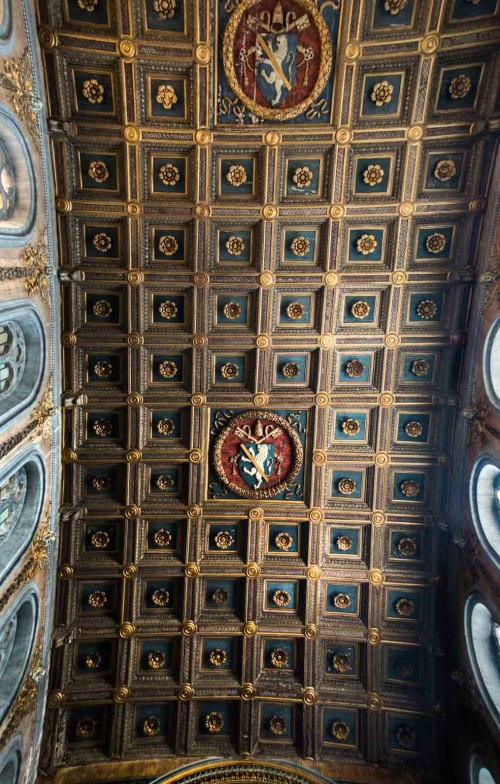
Basilica of San Marco, coffer ceiling from 1468 with the coat of arms of Pope Paul II
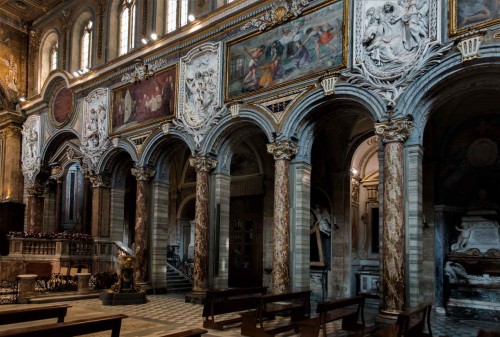
Basilica of San Marco, view of the right nave of the church
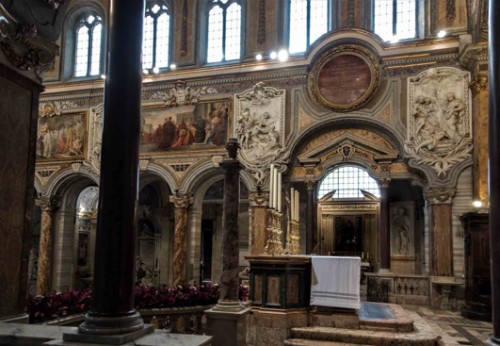
Basilica of San Marco, view of the left nave of the church – paintings and stuccos from the XVIII century
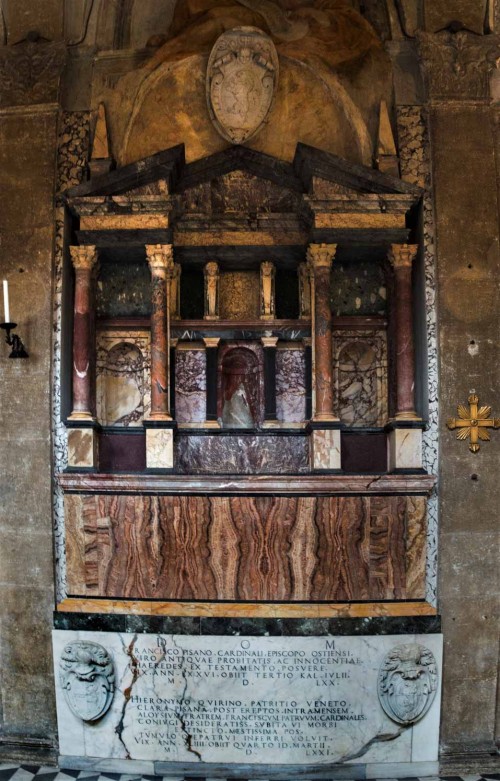
Basilica of San Marco, tombstone of Cardinal Francesco Pisani
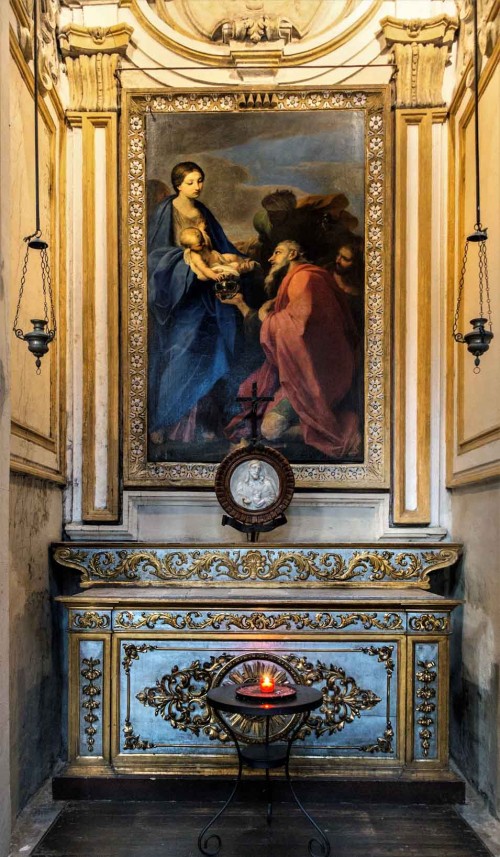
Basilica of San Marco, The Adoration of the Magi – Carlo Maratti
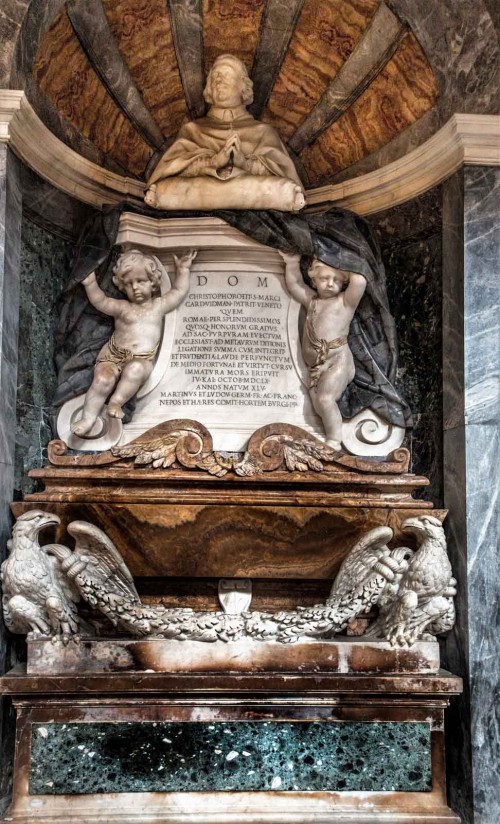
Basilica of San Marco, tombstone of Cardinal Cristoforo Vidman, Cosimo Fancelli
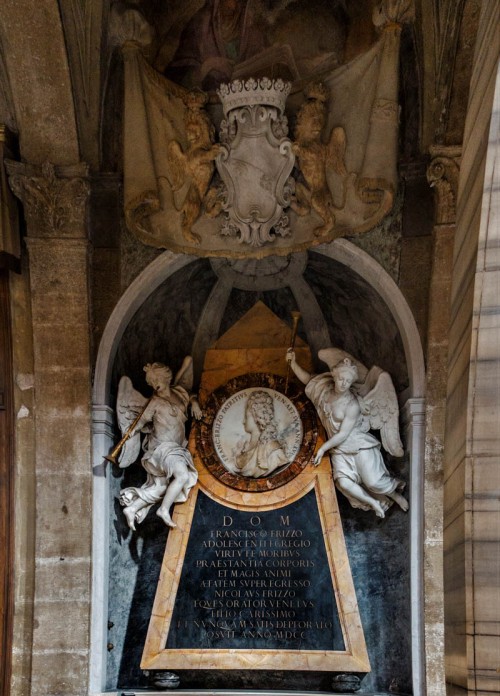
Basilica of San Marco, tombstone of Francesco Erizzo, Francesco Maratti
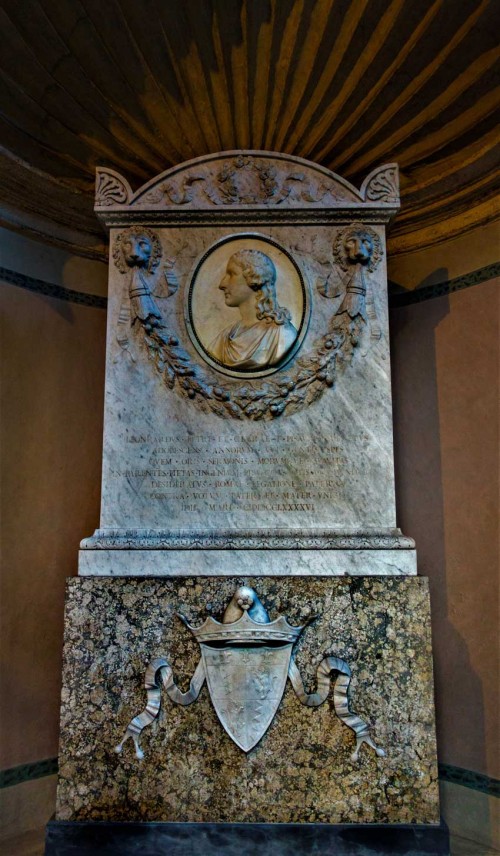
Basilica of San Marco, funerary monument of Leonardo Pesaro, Antonio Canova

Basilica of San Marco, Chapel of St. Mark with a painting by Mezzolo da Forlì depicting St. Mark the Pope

Basilica of San Marco, The Confession of St. Abdon and Sennen, church presbytery
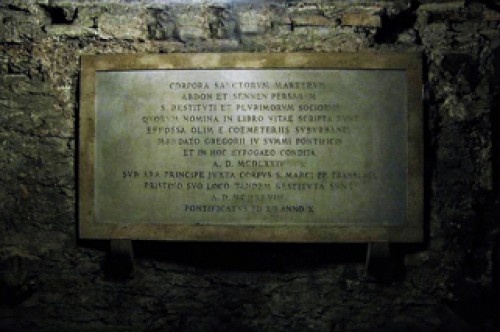
Inscription plate commemorating the deposition of the relics of the holy martyrs, crypt of the Church of San Marco
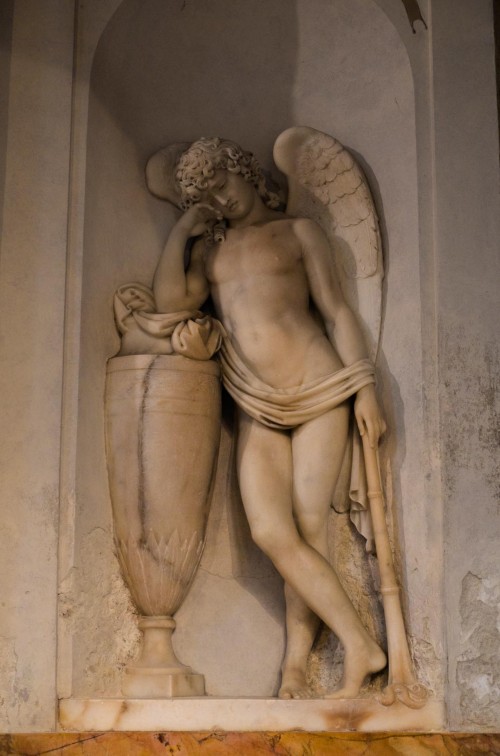
Basilica of San Marco, tombstone of Gabriella Scaglia di Saluzzo, Felice Festa, fragment
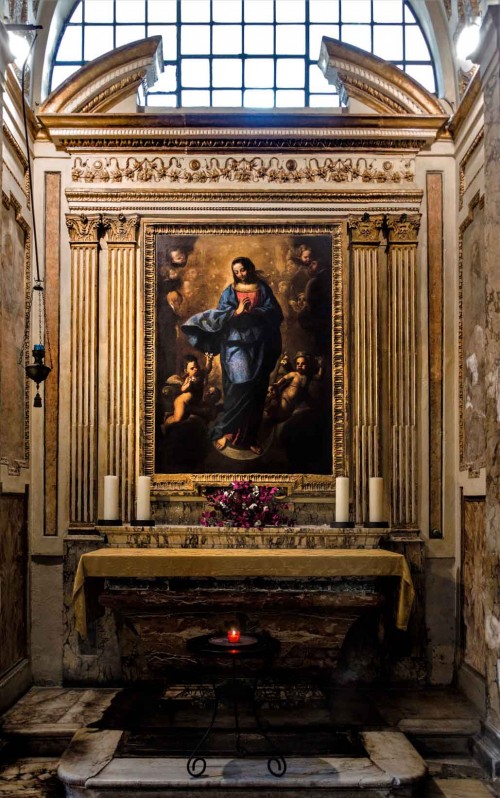
Basilica of San Marco, Chapel of the Immaculate Conception, painting – Pier Francesco Mola
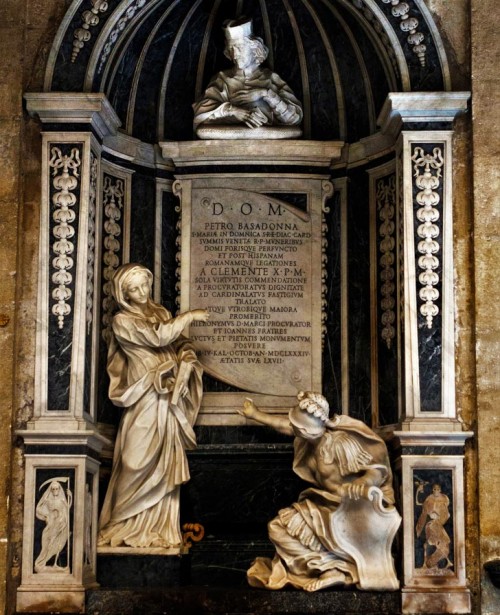
Basilica of San Marco, funerary monument of Cardinal Pietro Basadonna, Filippo Carcani
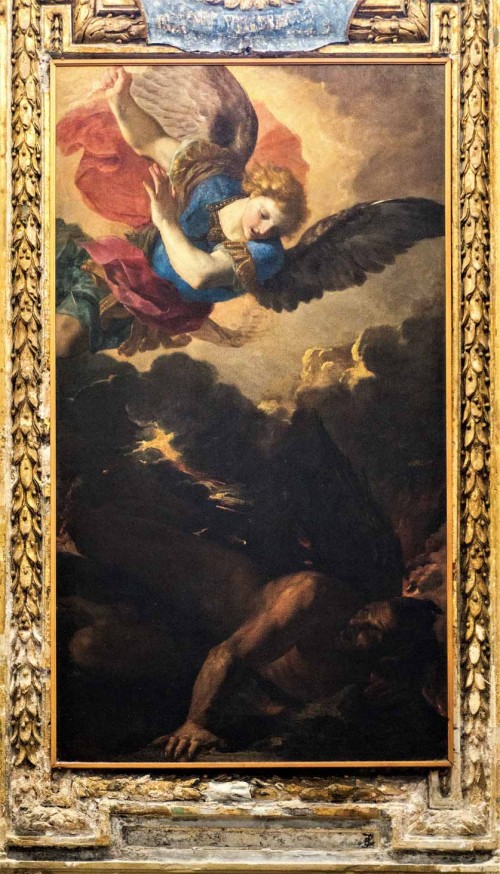
Basilica of San Marco, Archangel Michael Casting Down Lucifer, Francesco Mola
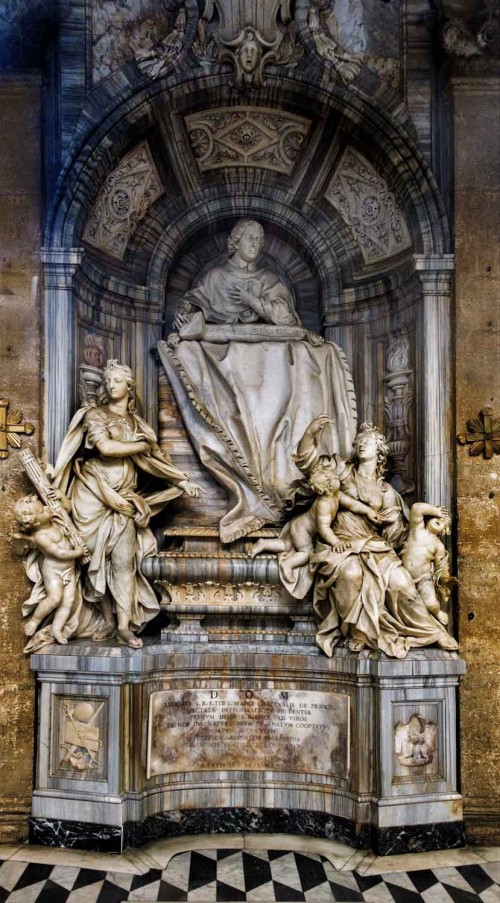
Basilica of San Marco, funerary monument of Cardinal Aloisio Prioli 1720, Francesco Moderati
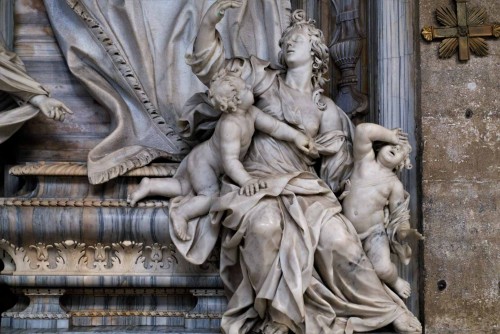
Basilica of San Marco, tombstone of Cardinal A. Prioli, allegory of Charity, detail
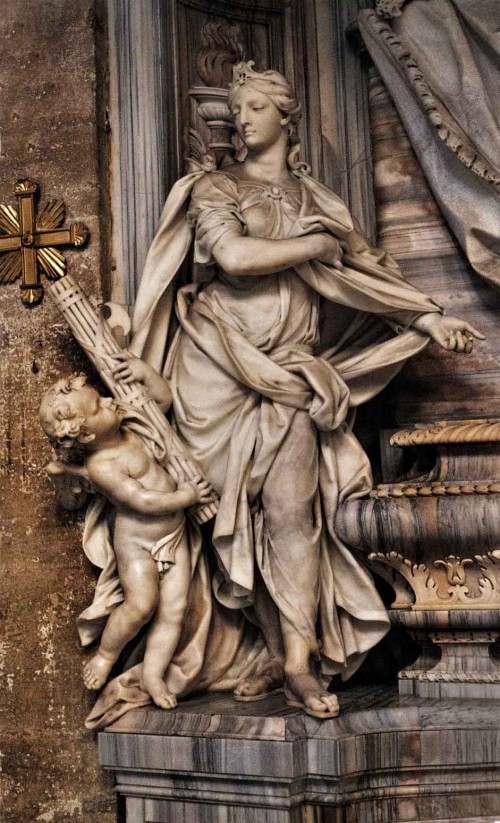
Basilica of San Marco, tombstone of Cardinal A. Prioli, allegory of Justice, detail
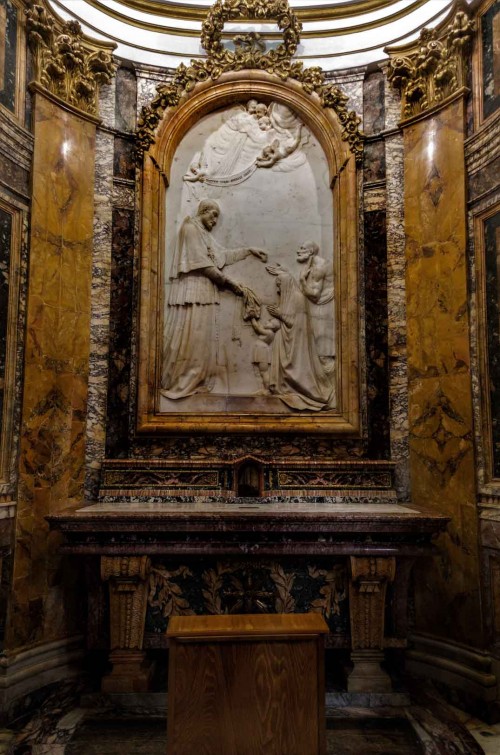
Basilica of San Marco, Chapel of St. Gregory Barbarigo, Antonio d’Este

Basilica of San Marco, funerary monument of Cardinal Marcantonio Bragadino, Lazzaro Morelli
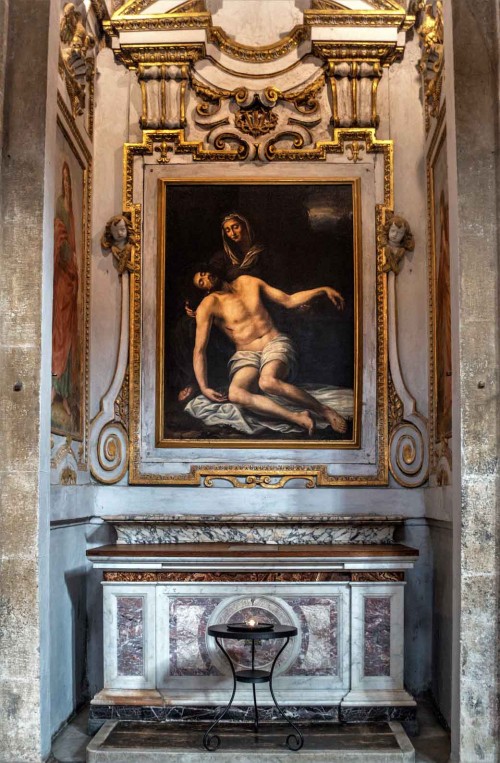
Basilica of San Marco, Chapel of Our Lady of Sorrows, Pieta, Bernardino Gagliari
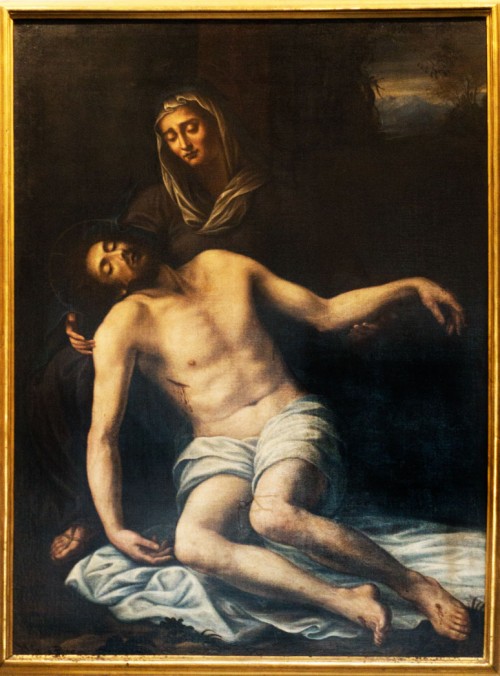
San Marco, Pieta, Bernardino Gagliari
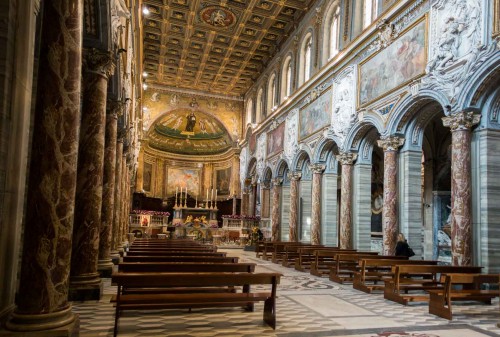
Basilica of San Marco, church interior
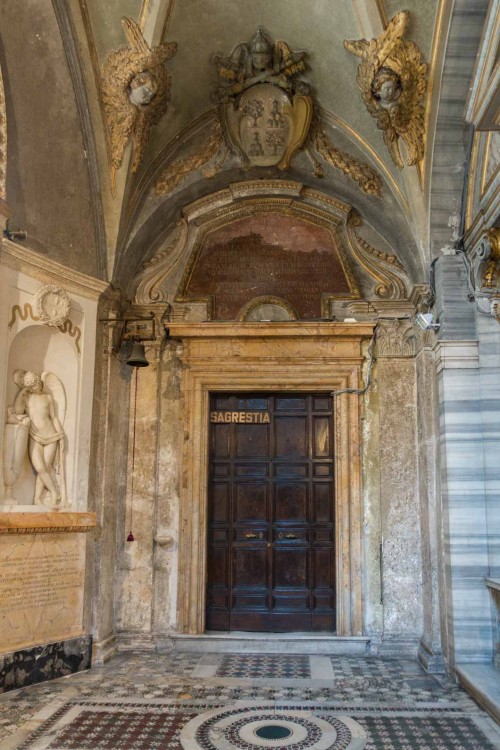
Basilica of San Marco, enterance to the sacristy, on the left the funerary monument of Gabriella Scaglia di Saluzzo, Felice Festa
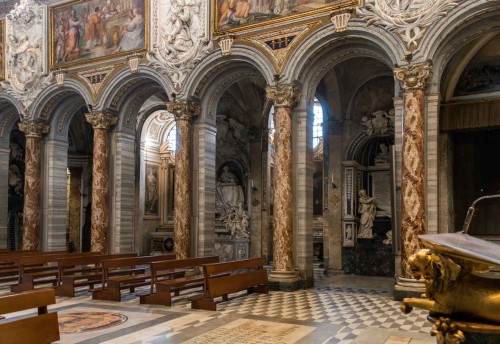
San Marco, view of the left nave of the church
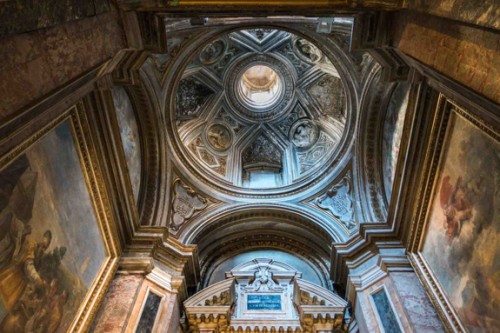
Basilica of San Marco, vault of the Chapel of St. Mark, design by Pietro da Cortona
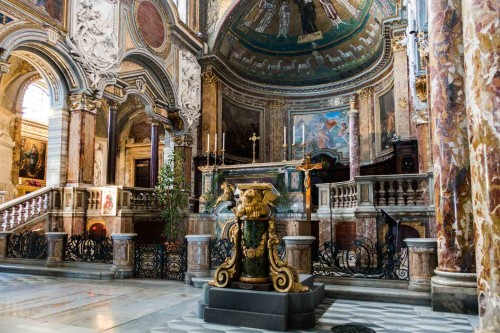
San Marco, view of the altar and church apse
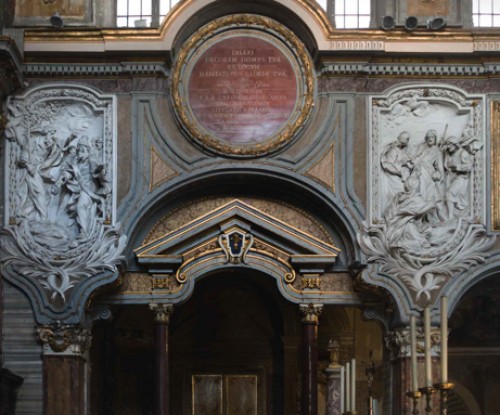
Basilica of San Marco, stuccos in the part under the windows, XVIII century
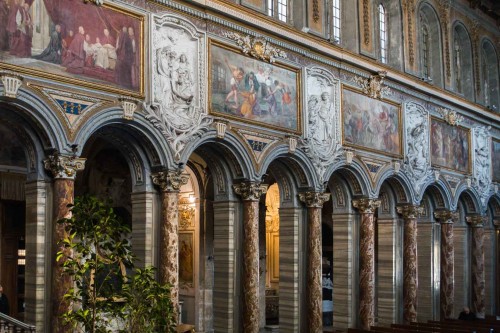
Basilica of San Marco, paintings and stuccos in the part above the arcades
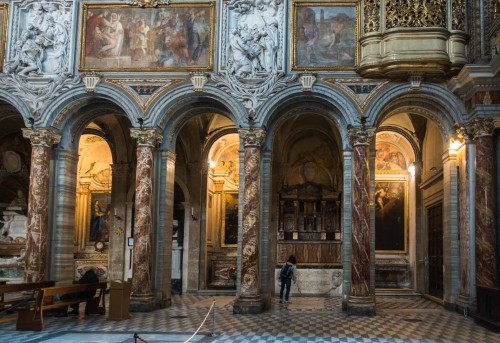
San Marco, right nave of the church
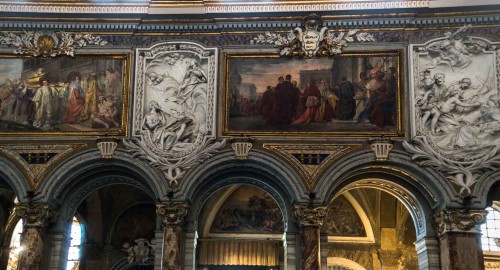
Basilica of San Marco, decorations under the windows
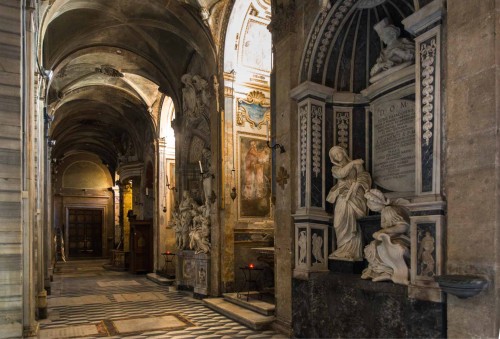
San Marco, left nave of the church with the funerary monument of Cardinal Pietro Basadonna in the front
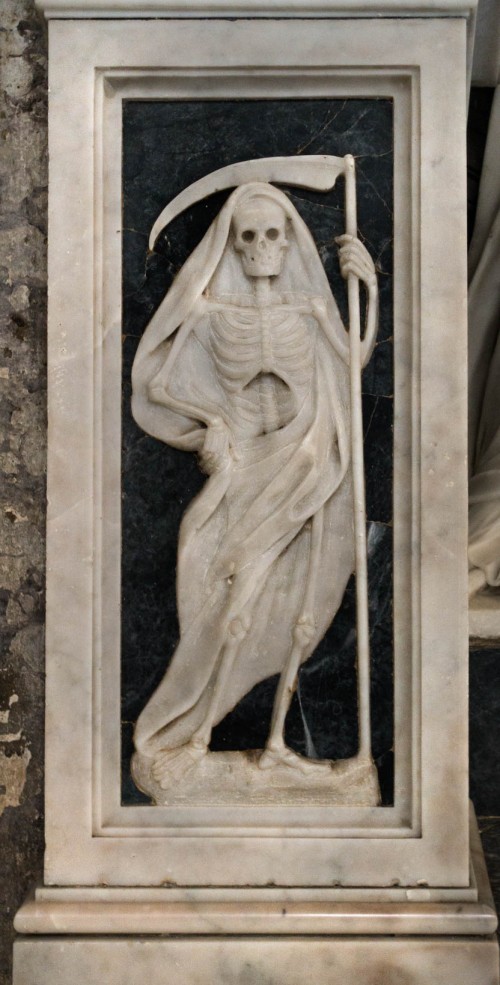
Basilica of San Marco, funerary monument of Cardinal Pietro Basadonna, fragment from the pedestal
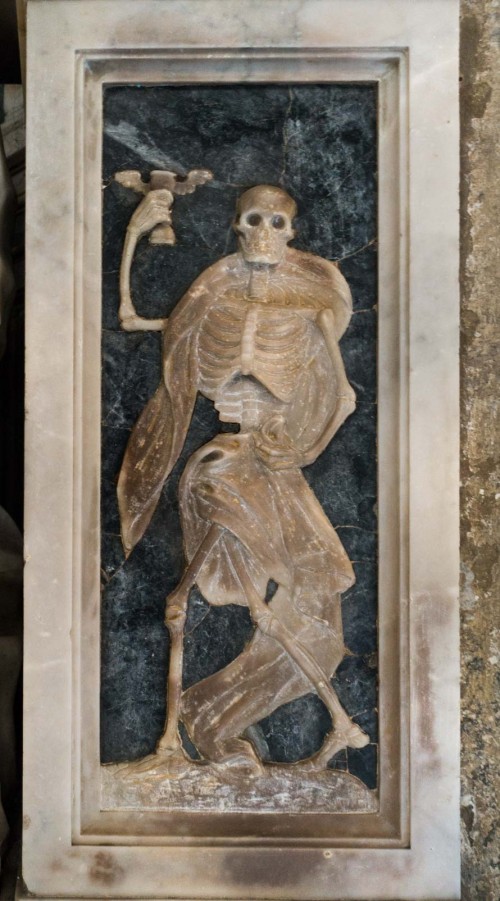
Basilica of San Marco, funerary monument of Cardinal Pietro Basadonna, fragment of the pedestal
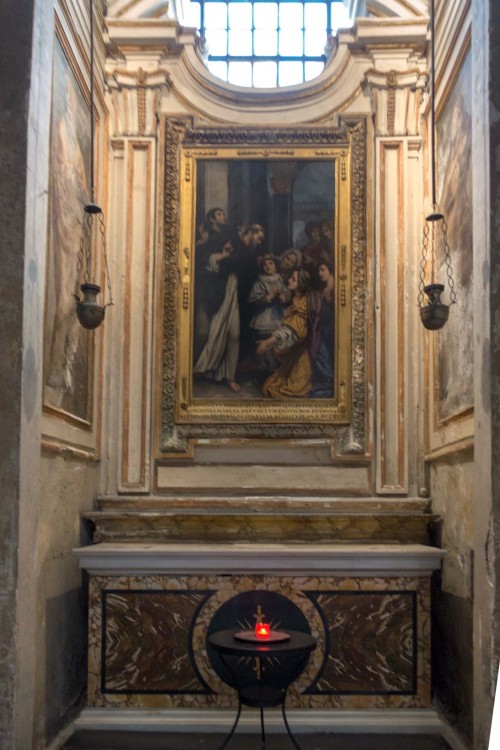
Basilica of San Marco, Chapel of St. Dominic, The Miracle of St. Dominic, Baccio Ciarpi, XVII century
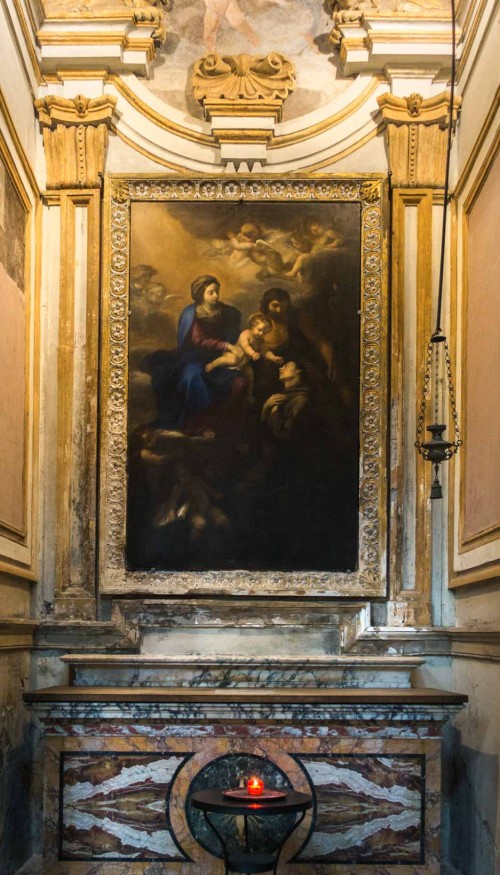
Basilica of San Marco, Chapel of St. Anthony, Madonna with Child Adored by St. Anthony of Padua and St. Anne, Luigi Primo detto il Gentile, XVII century

Basilica of San Marco, funerary monument of Cardinal Marcantonio Bragadino, Lazzaro Morelli
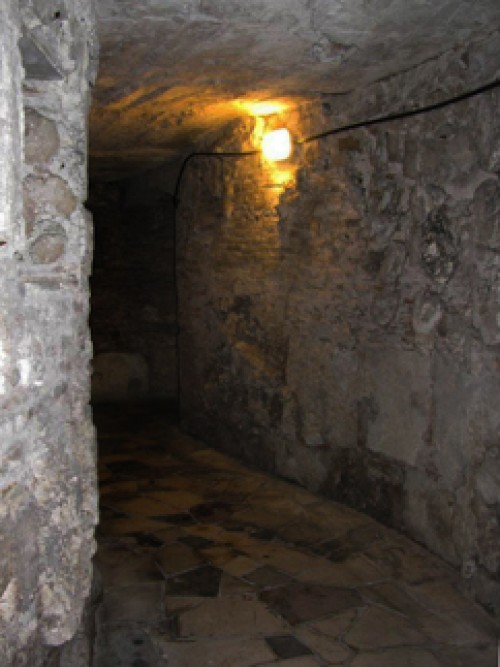
Basilica of San Marco, underground corridor under the confession
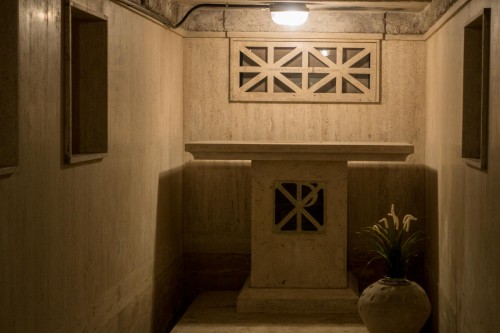
Altar devoted to the relics of martyrs, crypt of the Church of San Marco
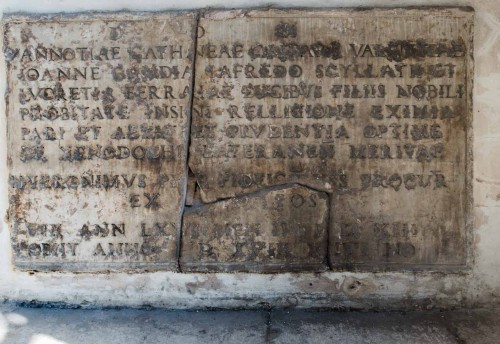
Basilica of San Marco, church ambulatory - inscription plate from the unpreserved tombstone of Vanozza Cattanei
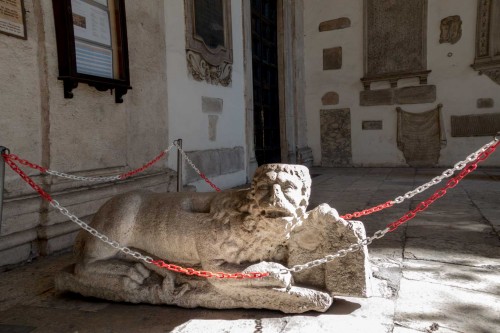
Ambulatory of the Church of San Marco, one of the lions guarding the church enterance
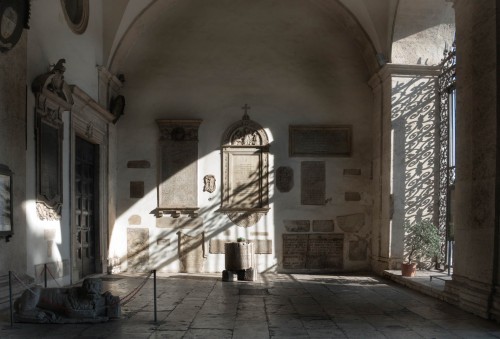
Portico of the Church of San Marco – inscription plates and elements of the old furnishings of the church
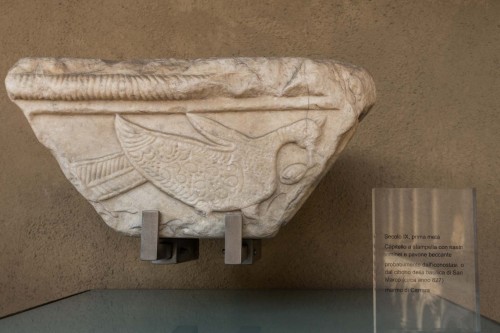
Basilica of San Marco, capitol from the former retable from the IX century, Museo Nazionale, Palazzo Venezia
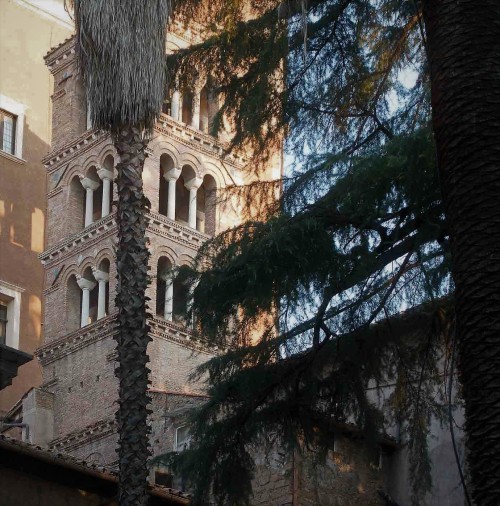
Church of San Marco, campanile from the XII century

Church of San Marco, loggia delle benedizioni, frescos from the XV century (St. Mark the Evangelist and St. Mark the Pope) – circle of Antoniazzo Romano
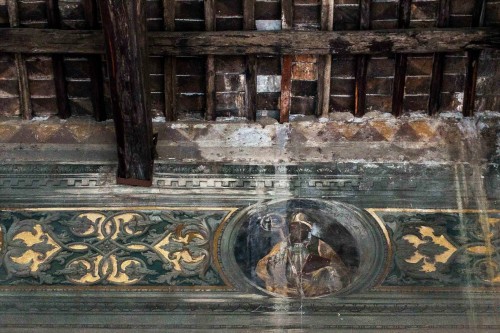
Basilica of San Marco, loggia delle benedizioni, frescoes from the XV century – St. Mark the Pope
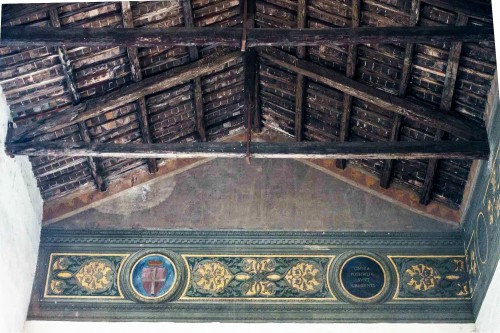
Basilica of San Marco, loggia delle benedizioni, frescoes from the XV century
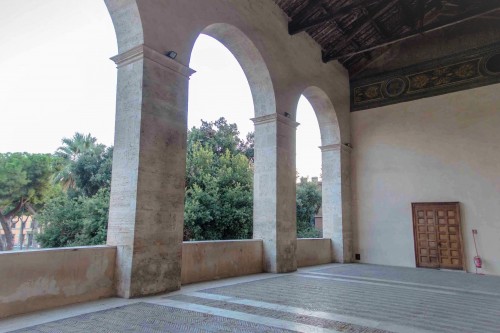
Basilica of San Marco, loggia delle benedizioni in the church façade

































































